Canning is a great way to preserve food for long periods of time, but it’s important to know that there are two main methods of canning: water bath canning and pressure canning. Both methods have their own unique benefits and drawbacks, so it’s important to know the difference between the two before you start canning.
Water Bath Canning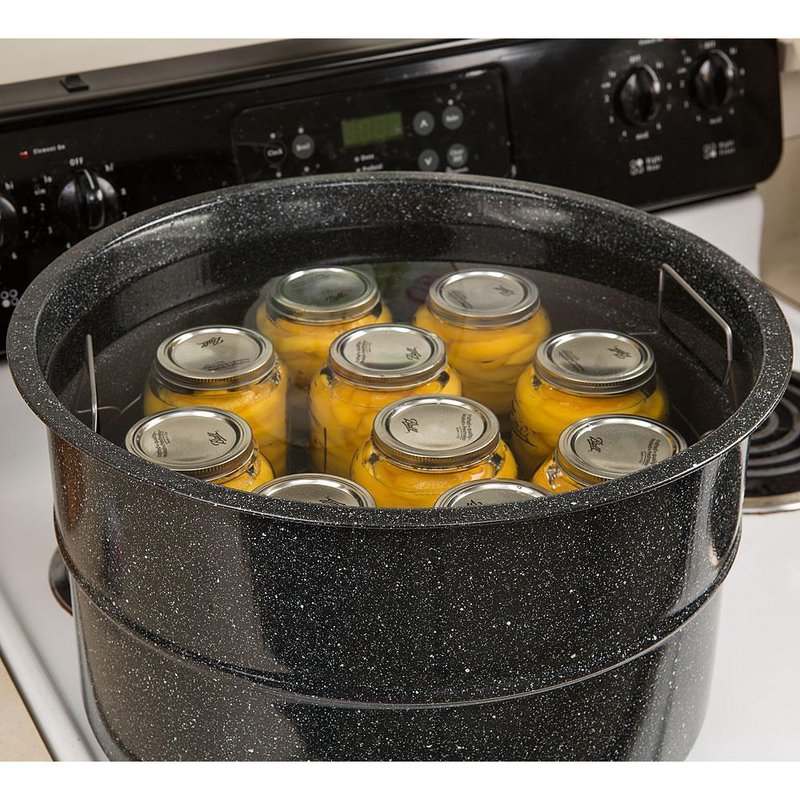
Water bath canning is the most common method of canning, and it’s typically used for high-acid foods such as fruits, jams, jellies, pickles, and tomatoes. The process involves immersing sealed jars of food in a large pot of boiling water for a certain time period.
The high temperature of the boiling water is used to kill any bacteria or microorganisms that may be present in the food, and the sealed jars create a vacuum to keep the food fresh.
One of the benefits of water bath canning is that it’s relatively simple and easy to do. It doesn’t require any special equipment, and the process is relatively quick. Additionally, it’s a great way to preserve high-acid foods, as the high acidity levels naturally inhibit the growth of bacteria.
However, water bath canning has its limitations. It’s not suitable for low-acid foods such as vegetables, meats, and poultry, as the high temperature of the boiling water may not be enough to kill all the bacteria present in these foods. This can lead to food poisoning if not done properly.
Pressure Canning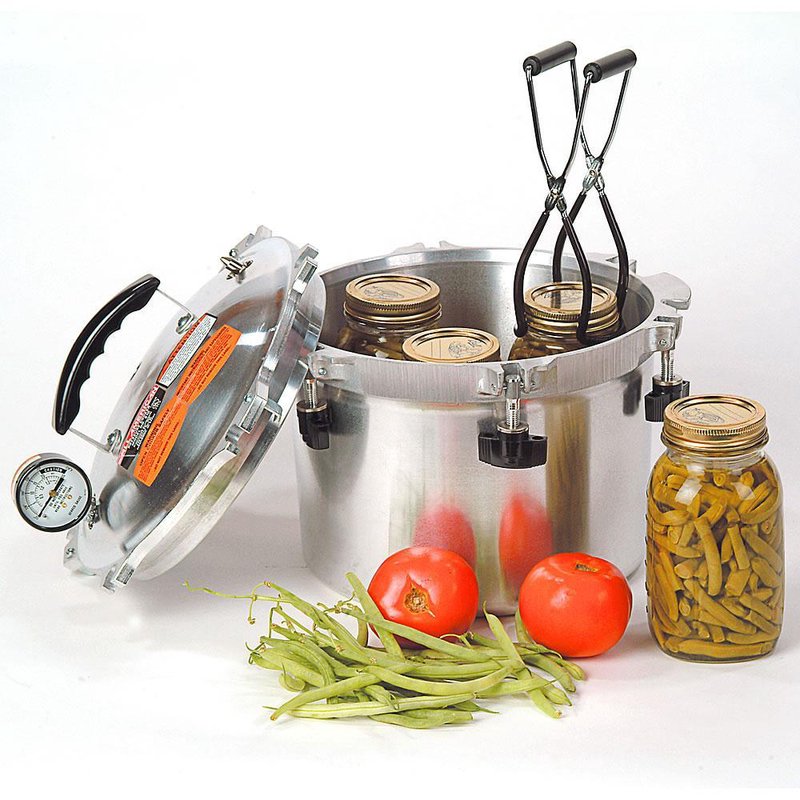
Pressure canning, on the other hand, is a method of canning that uses a pressure cooker to raise the temperature of the food to a higher level than boiling water. This higher temperature is necessary to kill any bacteria or microorganisms that may be present in low-acid foods. The process also creates a vacuum to keep the food fresh.
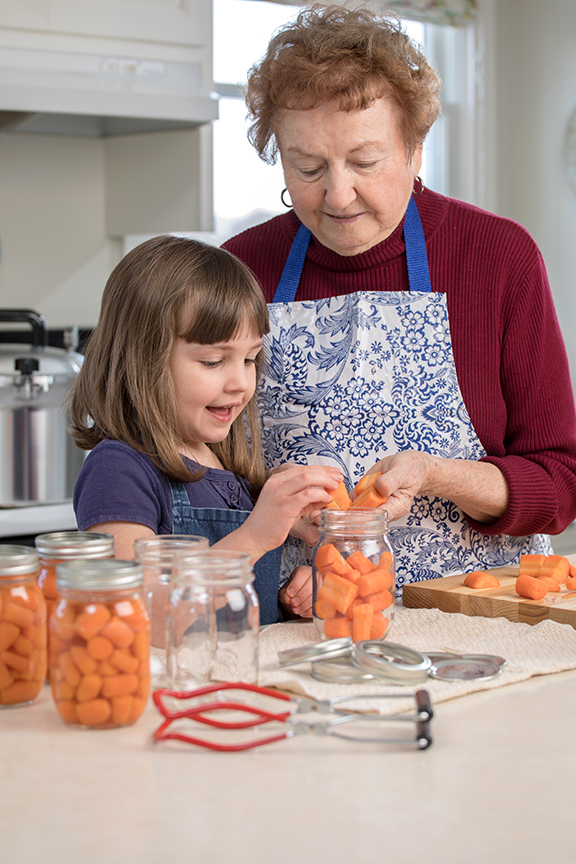
One of the benefits of pressure canning is that it’s suitable for low-acid foods, which allows you to preserve a wider variety of foods. Additionally, pressure canning can also be used to preserve food for a longer period of time.
However, pressure canning is more complicated and requires special equipment. It also takes longer than water bath canning, and it can be dangerous if not done properly.
Know Which Method You Need
Water bath canning is best for high-acid foods, while pressure canning is best for low-acid foods. Both methods can be fun, but it’s important to know which method is best for the type of food you want to preserve, and to follow the proper techniques and recipes to ensure that the food is safe to eat.
Note: Always follow USDA guidelines when canning.

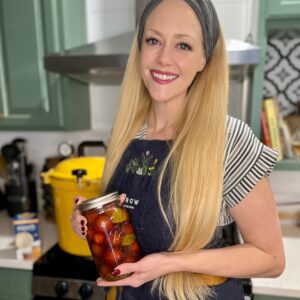
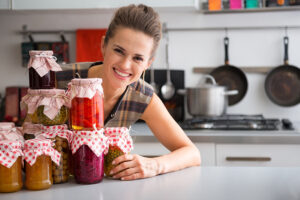
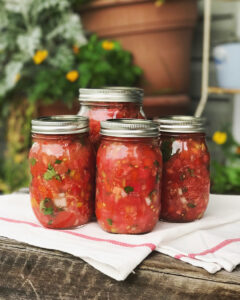






























This is a great article! To many people today know absolutely nothing about food preservation, except maybe to put it in the freezer. I LOVE canning, if if you get a group together when you’re canning, it becomes a lot of fun and the food is much more predictably preserved. There is a group on Facebook that have returned to canning and they answer each other’s questions and have a lot of fun. Many can in smaller quantities than our forefathers did, I.e. when they catch something on sale or in season. Also our older generations usually canned in larger quantities, I.e. quarts and half gallons. Now with smaller families and empty nesters, they are canning in pints, half pints, for some things, like jelly’s, and such. Then there will always be the standard quart.
Great information!! as people are turning to ways of the past (Sustainable) some of the tricks of the trade have been lost
I personally know some who are water bath canning in left over commercial glass jars because that’s how their grandmother’s and mother’s did it. It’s important to keep up with information as it becomes available. It’s a good idea every year to check with your local extension office, Ball and other official canning information sites on any new recommendations.
I have been told pressure canning is quicker but that is not what this article says.
Great article!! Thank you Sarah, and thank you Lehman’s for having such a knowledgeable resource available to us!
[…] out this post to learn more about the types of canners and their differences, or watch our video […]